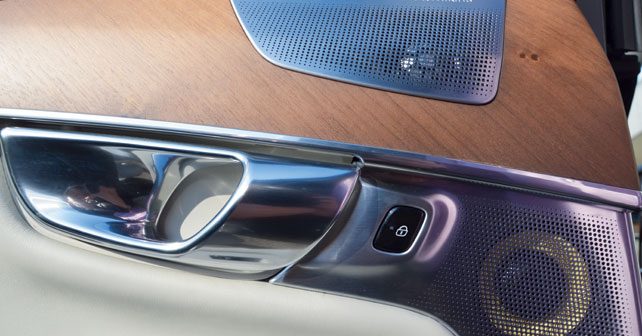
From affordable entry-level car stereos to banging hi-fi systems, consumers today are spoilt for choice. We try to fathom the fine details of these new-age automotive sound systems, while also taking a brief look at the evolution of in-car music devices over the past 100 years…
Can you manage in your car without a good sound system? These days, the thought of spending time in a car that doesn’t have a stereo is practically blasphemous.
But the times have changed, and new possibilities for sound are cropping up everyday – mainly due to online connectivity and the transition to digital media almost exclusively (which the exception of ancient, analogue radio waves). Here, we’re taking a look at 100 years of in-car music devices. We’ll also look at the various components that make up a Hi-Fi audio system that you would usually find inside most luxury cars – such as the ones from Bang and Olufsen, Bose, Burmester, Bower & Wilkins, Mark Levinson, Meridien etc. In many cases, these can range anywhere between 10-15 per cent of the car’s sticker price. Most of these systems, in fact, are offered as optional extras in cars that already cost a fortune – and then some. Of course, the sound quality generated is flawless – so, if you’re an audiophile and you can afford it, tick that box on the options list with your eyes closed.
The most obvious advancement in recent years is the dematerialisation of music, meaning that you don’t need to carry your favourite tunes with you (in cassettes, CDs, DVDs, etc.). It now travels from one device to the other via a smartphone, USB flash drive, or even over the Internet – giving it the name “liquid music.” Regardless of the source though, the dynamics of listening to music will always remain the same. No matter how many updates and revisions take place, at the end of the day the sound will have to travel through our ears. Having said that, we must also point out that the conditions of listening to music in a car differs greatly from, say, in a room or through headphones.
From an acoustic point of view, especially in small cars, the noise level is high and the space to place the speakers is usually not very much. And so, at times, the results can suffer. But, having a good set of speakers (at a minimum of 13cms) in the doors, as well as a separate amplifier to separate frequencies, can do wonders for most audiophiles in a car. Clubbing different types of speakers in a car is done because the full range of audible frequencies cannot be reproduced faithfully by a single speaker – you need to have at least two types – one for medium-to-low frequencies, and the other for the treble to have a balanced sound in the cabin.
In the past, the customisation levels were not that great – but, over time, the integration of these units has improved vastly. Even for those who are after more refined audio quality in a small car, there are a number of options available. Nowadays, USB and AUX inputs are standard, while also providing the option for Bluetooth connectivity (voice and music) and CD players with the ability to read MP3 files as well.
Also read: Decoding in-car music systems
© Riproduzione riservata



















Write your Comment